- DroidAfrica
- Infinix
- Infinix Smart 5A
Infinix Smart 5A
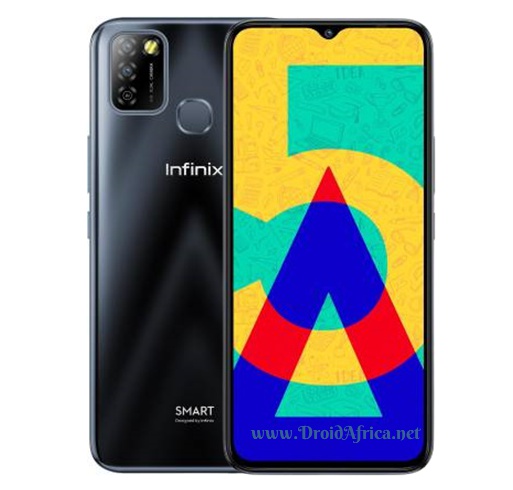
Infinix Smart 5A Highlights and Overview
Infinix Smart 5A is the latest entry-level Android phone launched in India for the month of August, 2021. The device is based on a quad-core CPU from MediaTek, and come with dual cameras on the rear. From the front, you are getting a 6.52-inches with 720 x 1600 pixels resolution. The phone has a dewdrop notch atop the screen, housing the selfie cam.
On the inside, the Smart 5A runs on a quad-core Mediatek MT6761D, also known as Helio A20 CPU, clocked at 1.8GHz, along with PowerVR GE8320 GPU. The model has 2GB RAM and 32GB internal storage.
As for the camera department, you are getting two sensors at the back; an 8-megapixel main snapper, along with a VGA lens with three LED flash. On the front, the Smart 5A has a single 8-megapixel selfie camera with dual LED flash upfront.
The device has a built-in 5000mAh battery and come with a rear placed fingerprint scanner. There is dual 4G LTE Nano-SIMs, DTS Audio with single load speaker. It is available in Ocean Wave, Quetzal Cyan, and Midnight black colors, and run Google Android 11 with XOS 7.6 out of the box. The full specifications of the Infinix Smart 5A is contained in the table below.
Infinix Smart 5A Full Specifications and Features
NETWORK
| Technology | GSM / HSPA / LTE |
| 2G Network Bands | GSM 850 / 900 / 1800 / 1900 - SIM 1 & SIM 2 |
| 3G Network Bands | HSDPA 850 / 900 / 1800 / 1900 / 2100 |
| 4G Network Bands | LTE band 1(2100), 3(1800), 5(850), 8(900), 28(700), 38(2600), 40(2300), 41(2500) |
| Speed | HSPA 42.2/5.76 Mbps, LTE-A (2CA) Cat6 300/50 Mbps |
LAUNCH
| Also Known As |
- - |
BODY
| Dimensions | 165.5 x76.4 x 8.75 mm |
| Weight | 183 grams |
| Build |
Glass front - Plastic body - Plastic frame |
| SIM Type | Dual SIM (Nano-SIM, dual stand-by) |
DISPLAY
| Display Type | TFT LCD capacitive touchscreen, 16M colors |
| Size | 6.52 inches, 99.6 cm2 (~84.4% screen-to-body ratio) |
| Resolution | 720 x 1600 pixels (~268 ppi density) |
PLATFORM
| Operating System |
Android 11 (Go Edition) - XOS 7.6 |
| Chipset | Mediatek MT6761D Helio A20 (12 nm) |
| CPU | quad-core (4x1.8 GHz Cortex-A53) |
| GPU | PowerVR GE8320 |
MEMORY
| RAM + ROM | 2 GB |
| Card Slot | Yes, up to 256 GB via microSD card (uses dedicated slot) |
MAIN CAMERA
| Camera Type | Double Lenses |
| Camera Sensor(s) | 8 MP + 0.3 MP Main camera |
| Camera Features |
Autofocus Continuous shooting Digital zoom Geotagging Panorama HDR Touch focus Face detection White balance settings ISO settings Exposure compensation Self-timer Scene mode Flash type - Triple LED |
| Video Resolution | 1080@30fps, 720p@30fps, |
SELFIE CAMERA
| Camera Type | Single Lens |
| Camera Sensor(s) | 8-megapixel Punch hole |
| Camera Features |
FaceID Face beautification |
| Video Resolution | 720p@30fps |
SOUND
| Loudspeaker | Yes |
| Speaker Location | Chin, below display |
| Audio Jack Type | Yes, 3.5mm audio jack |
CONNECTIVITY
| Bluetooth | Bluetooth 5.0, A2DP, LE |
| NFC | |
| GPS | Yes, with A-GPS, GLONASS, GALILEO, BDS |
| FM Radio | Yes, FM Radio |
BATTERY
| Battery Capacity | Non-removable Li-Po 5000 mAh battery |
OTHER FEATURES
| Sensors | Fingerprint (side-mounted), accelerometer, proximity, compass |
| Box Contents | Charging Brick / USB cable |
Infinix Smart 5A User Reviews and Opinions
Comments 1
Leave a Reply
Disclaimer Note
This specification was entered manually, hence we CANNOT guarantee 100% accuracy. Any error? Let us know in the comment section.







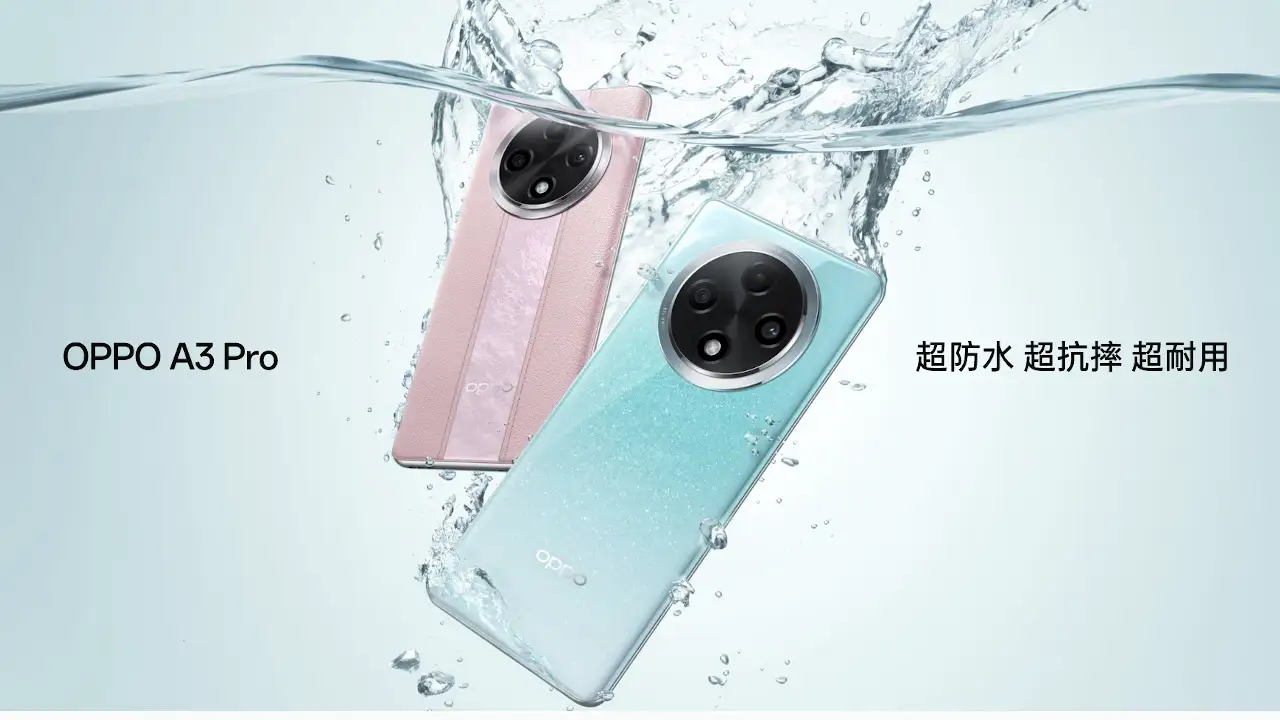

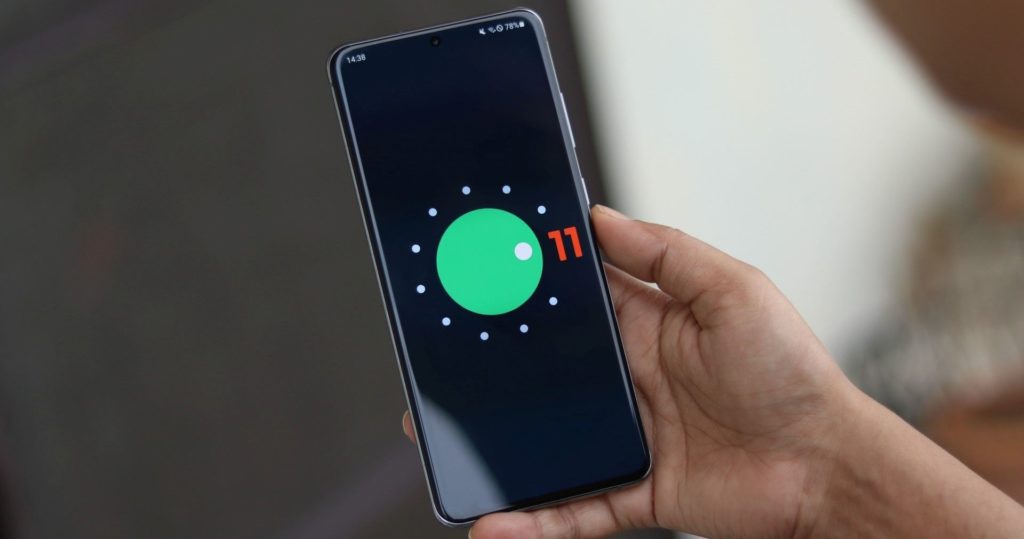
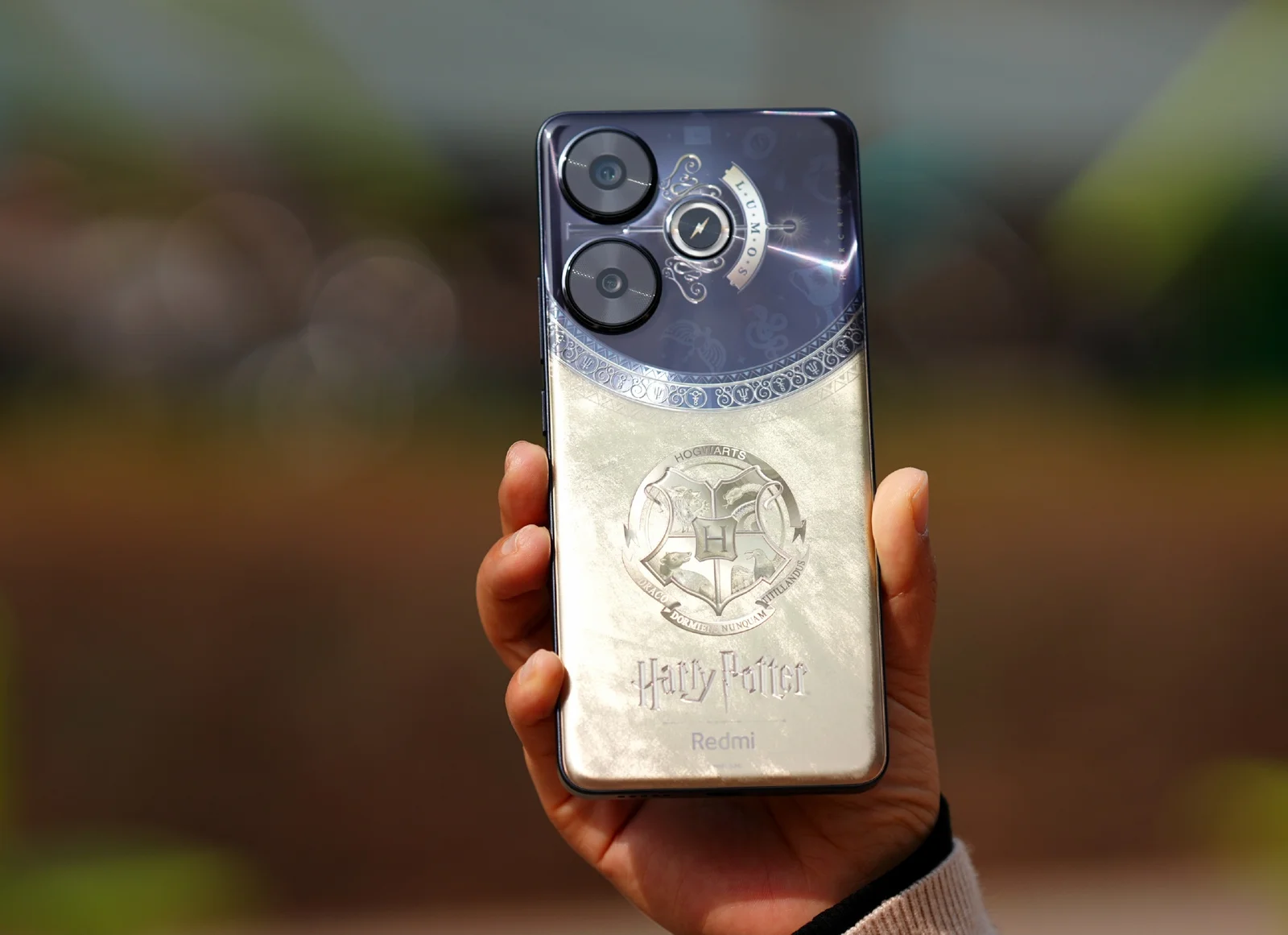
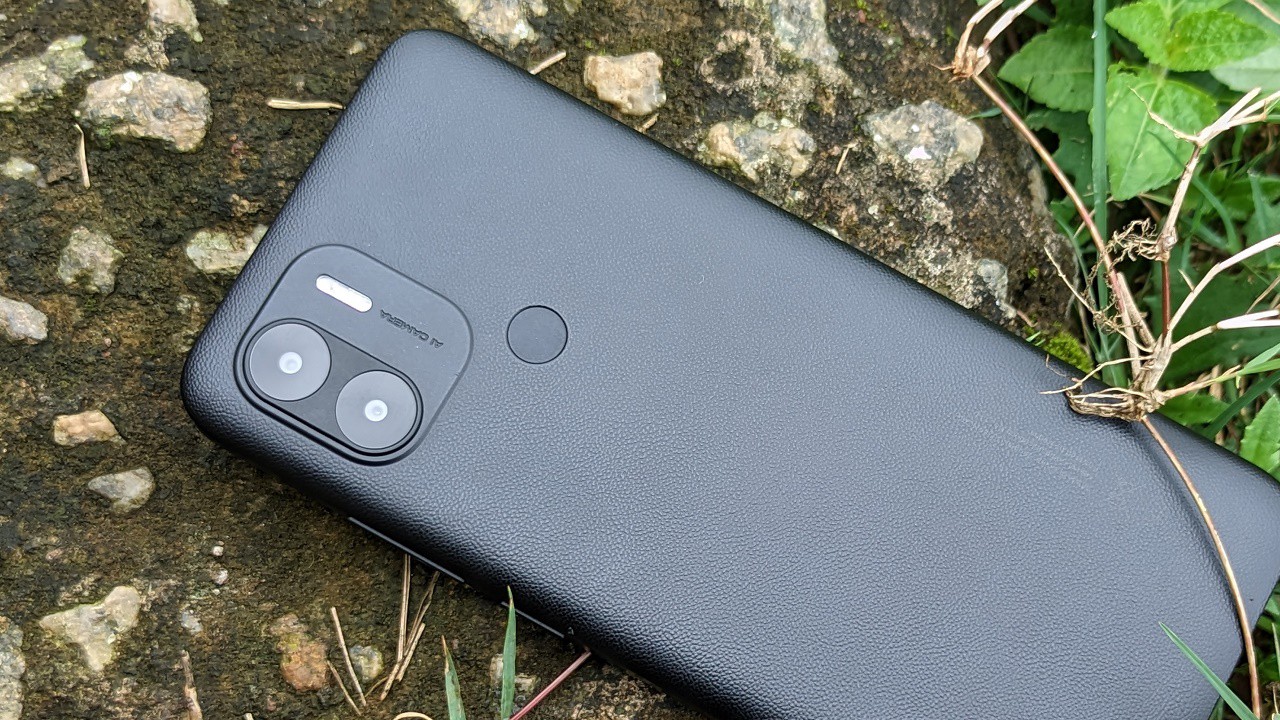
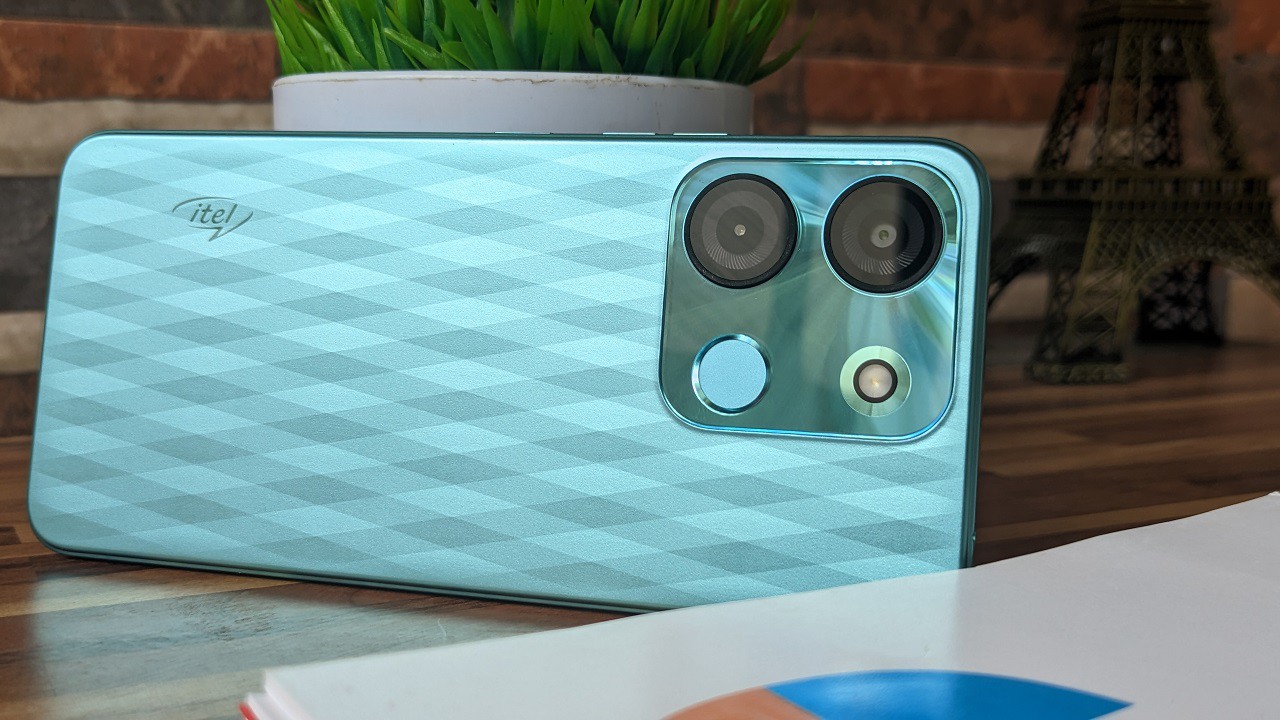
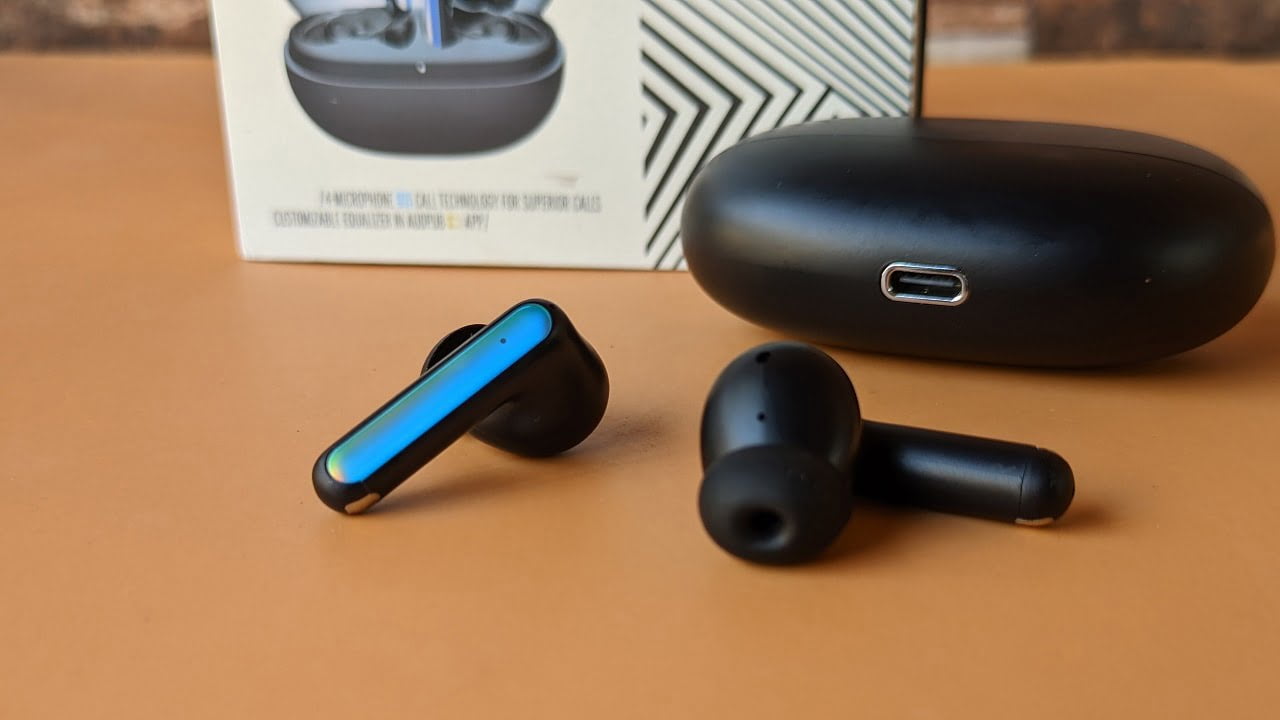
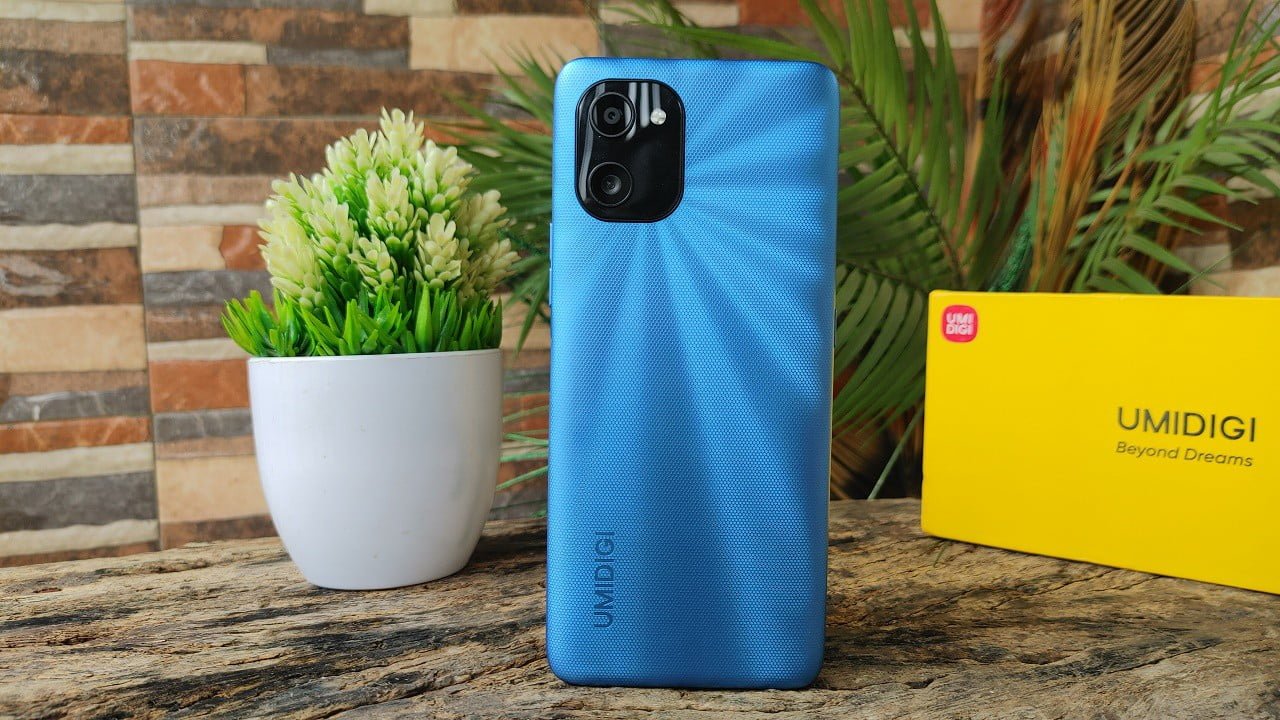
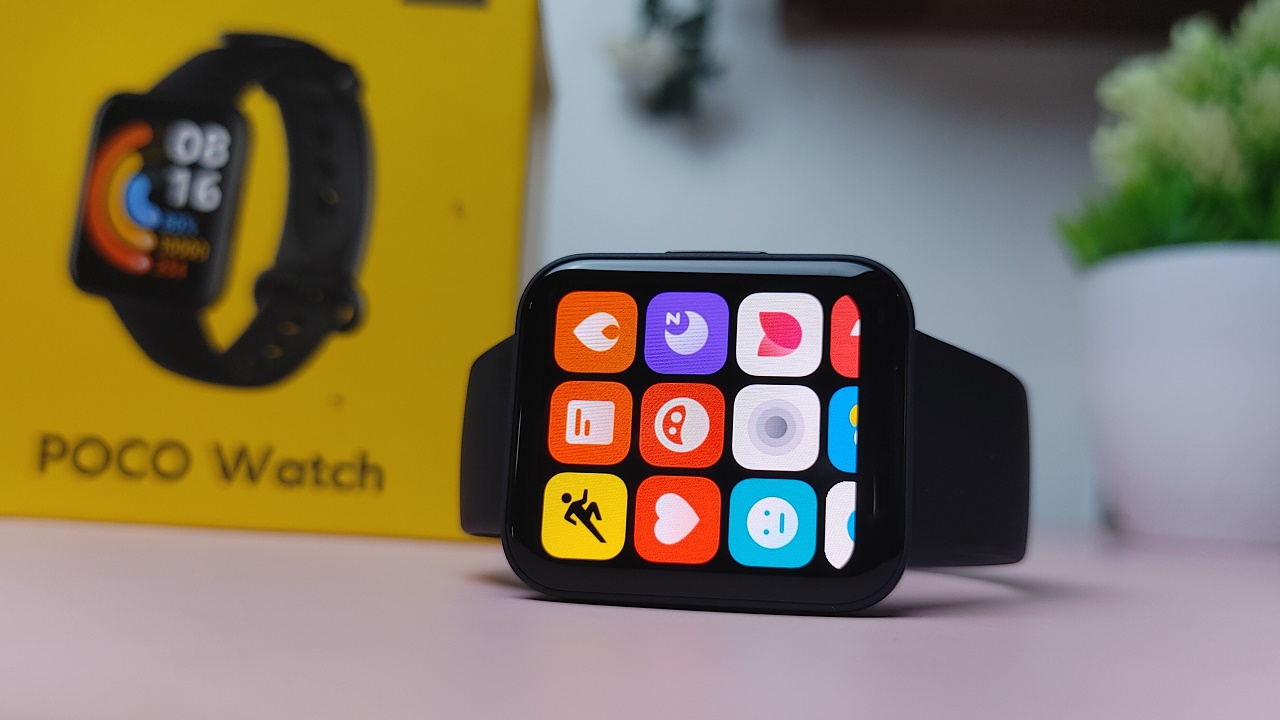
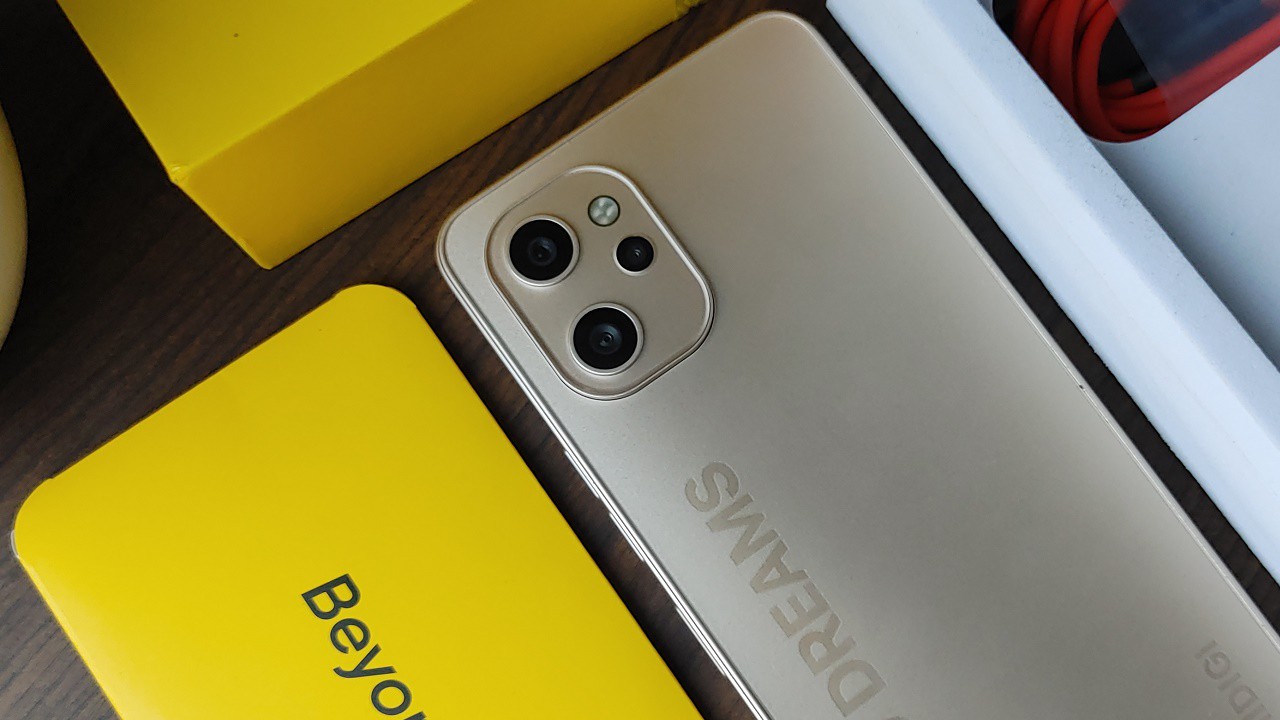
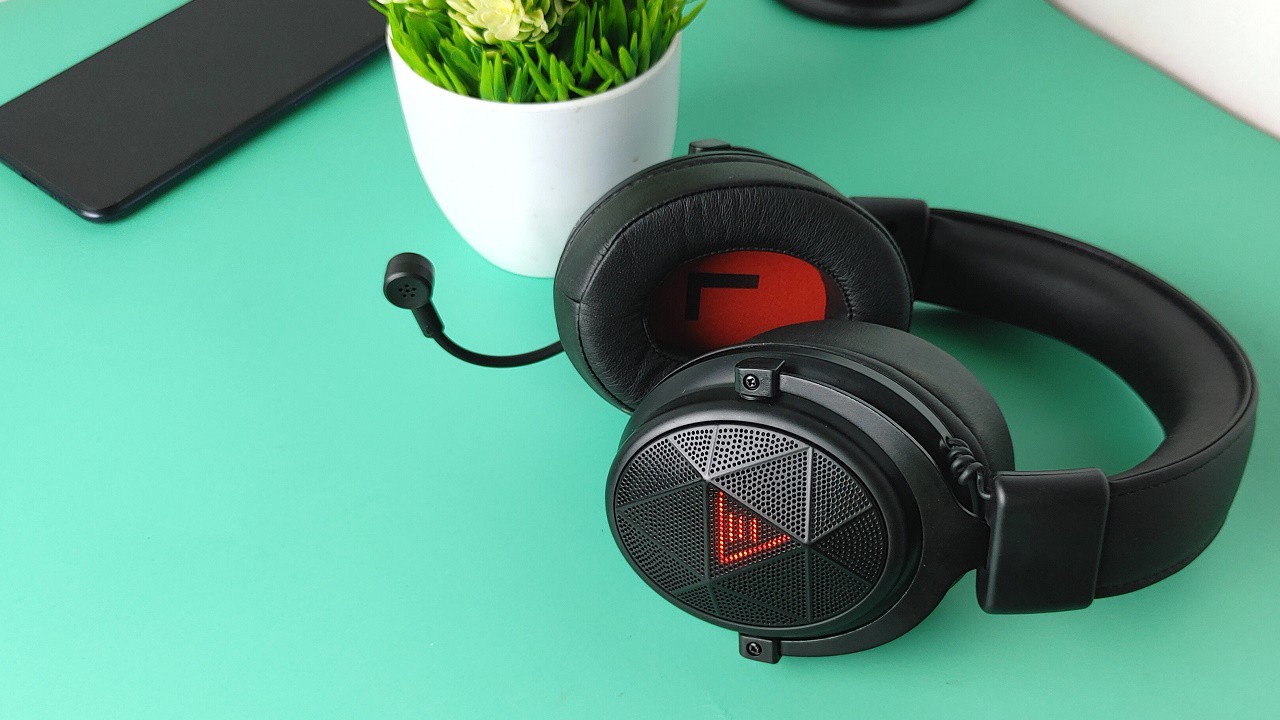
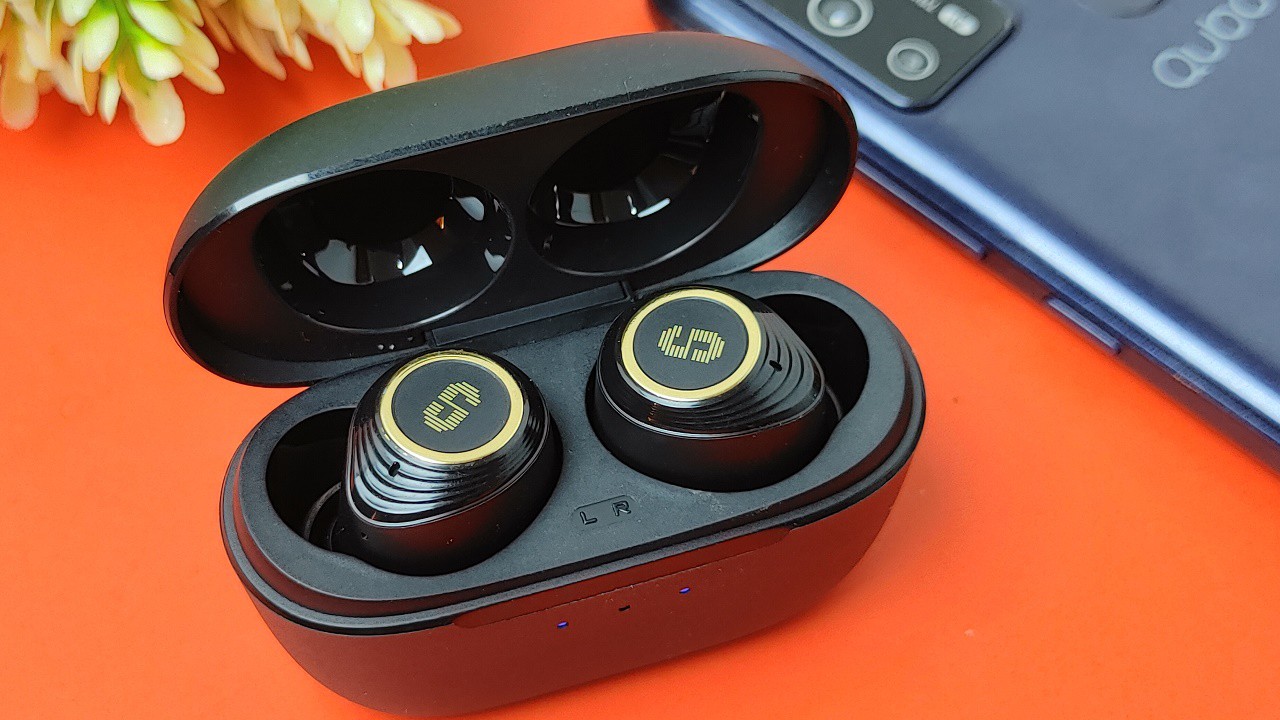
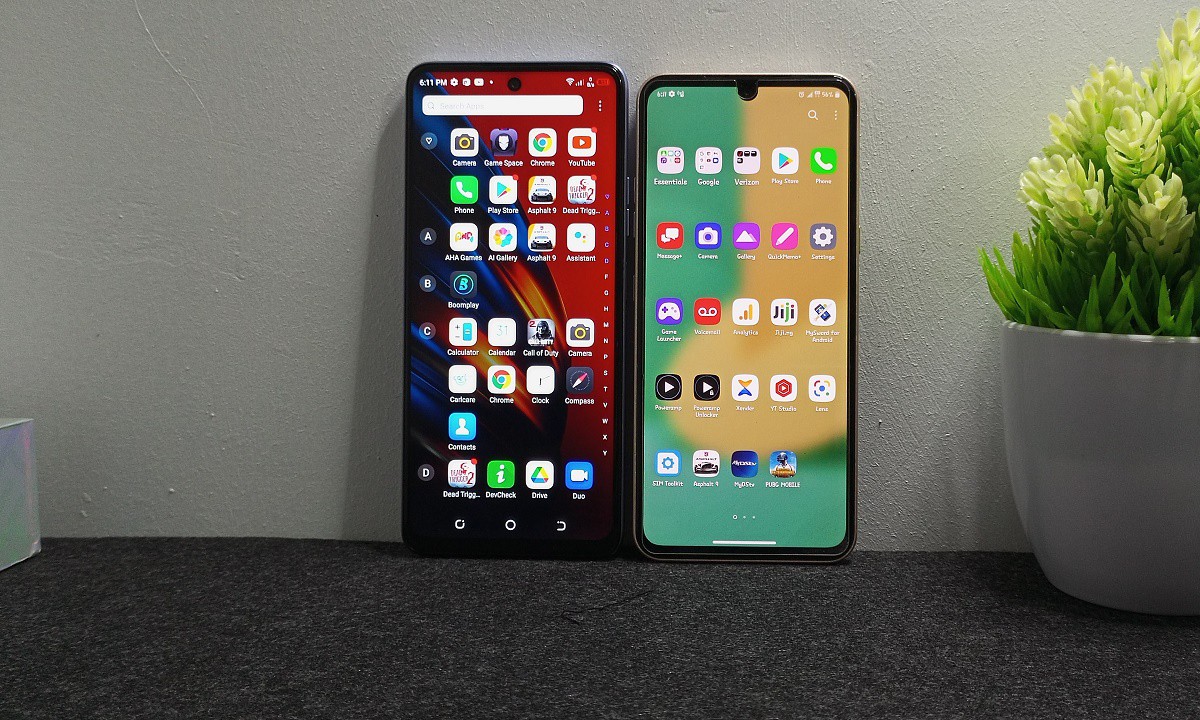

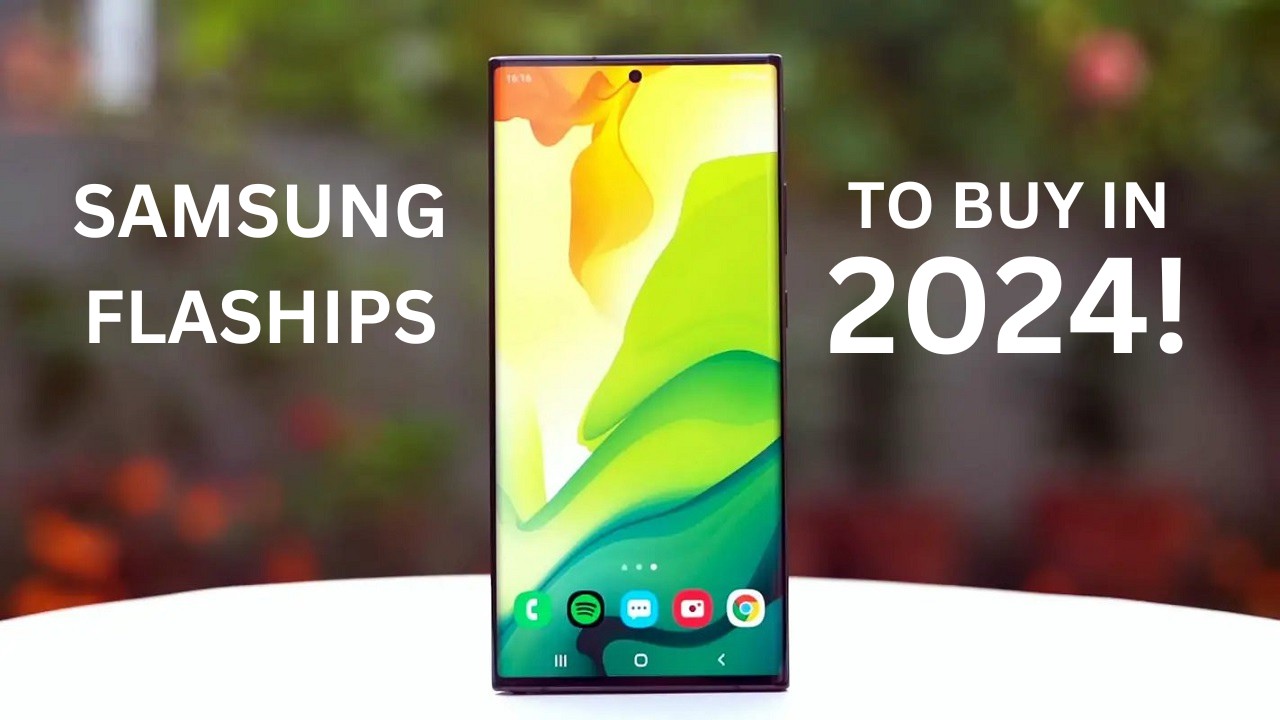
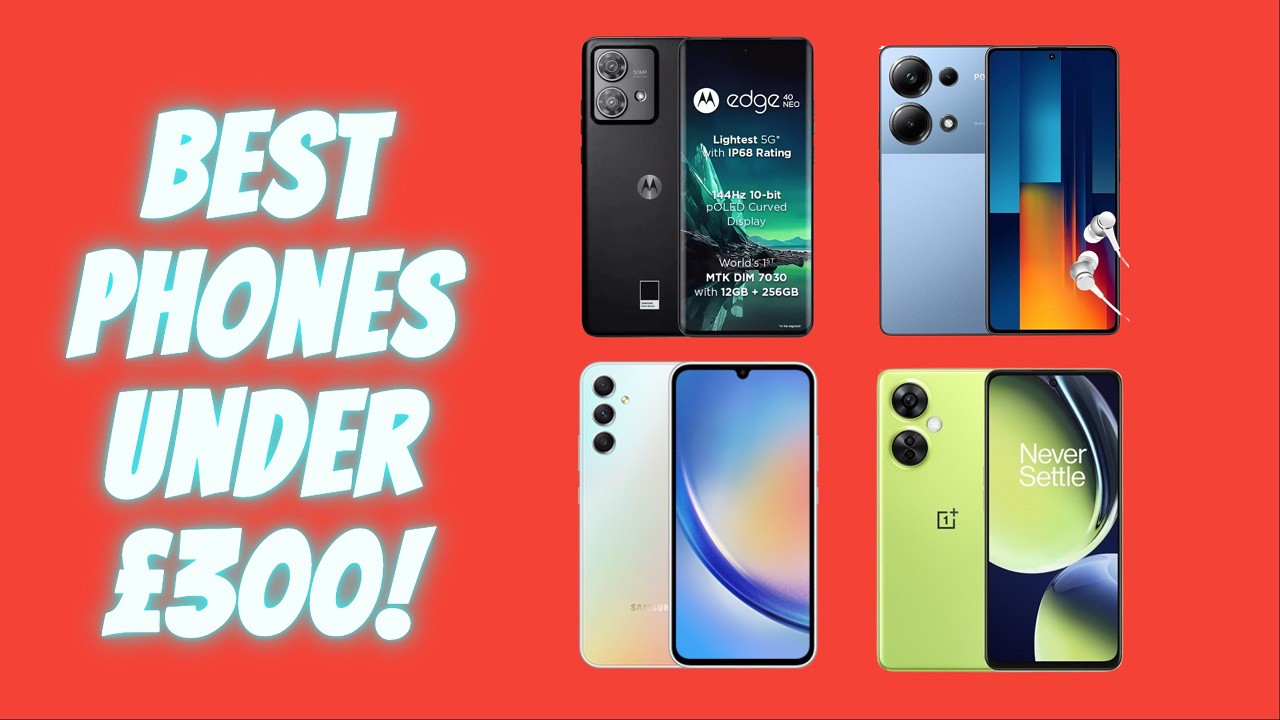

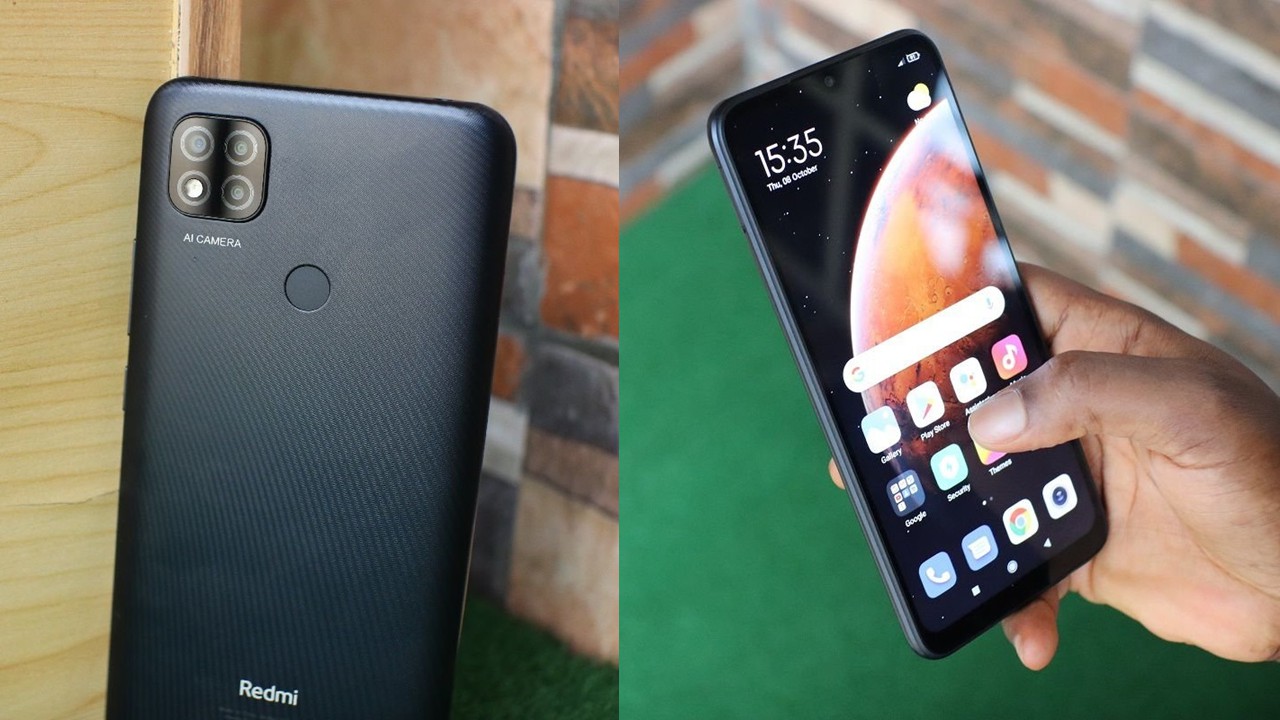
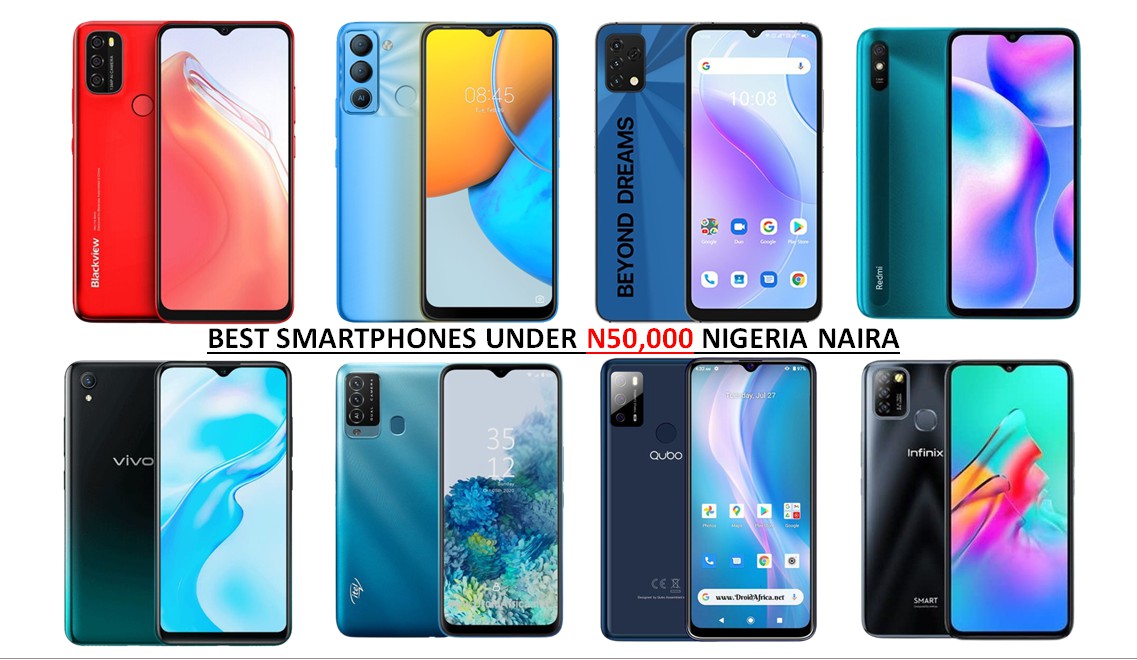
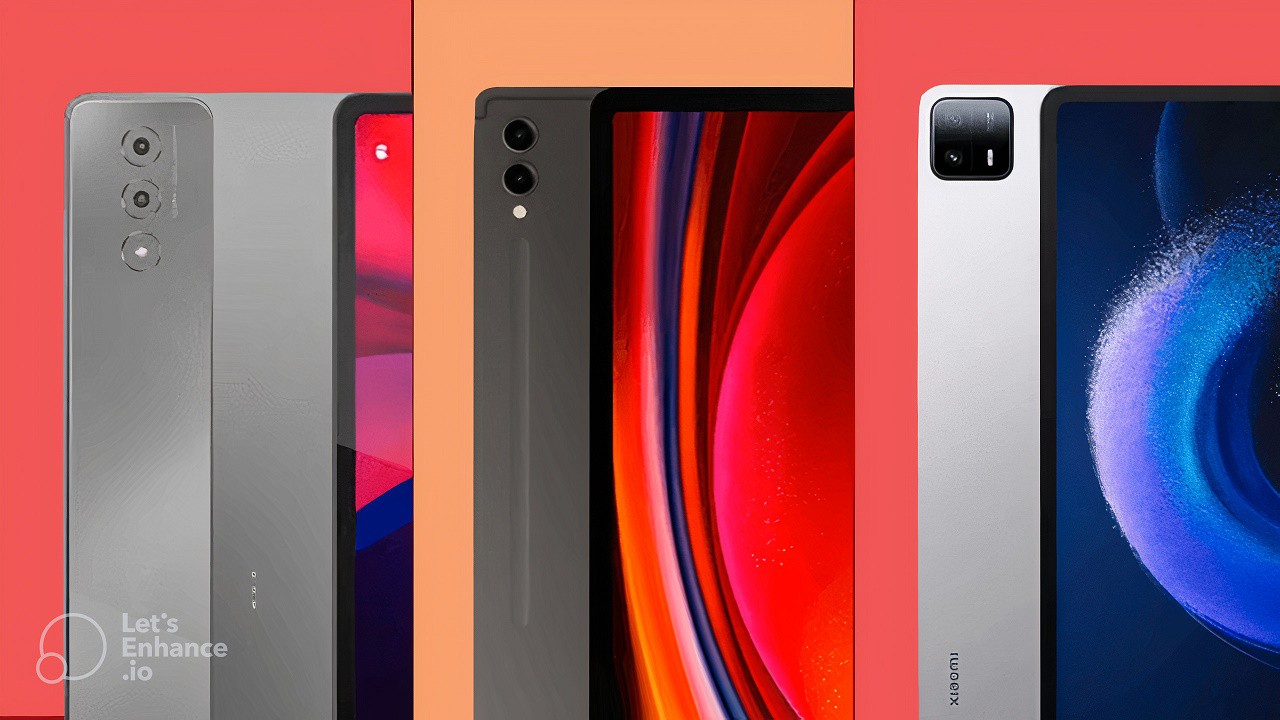
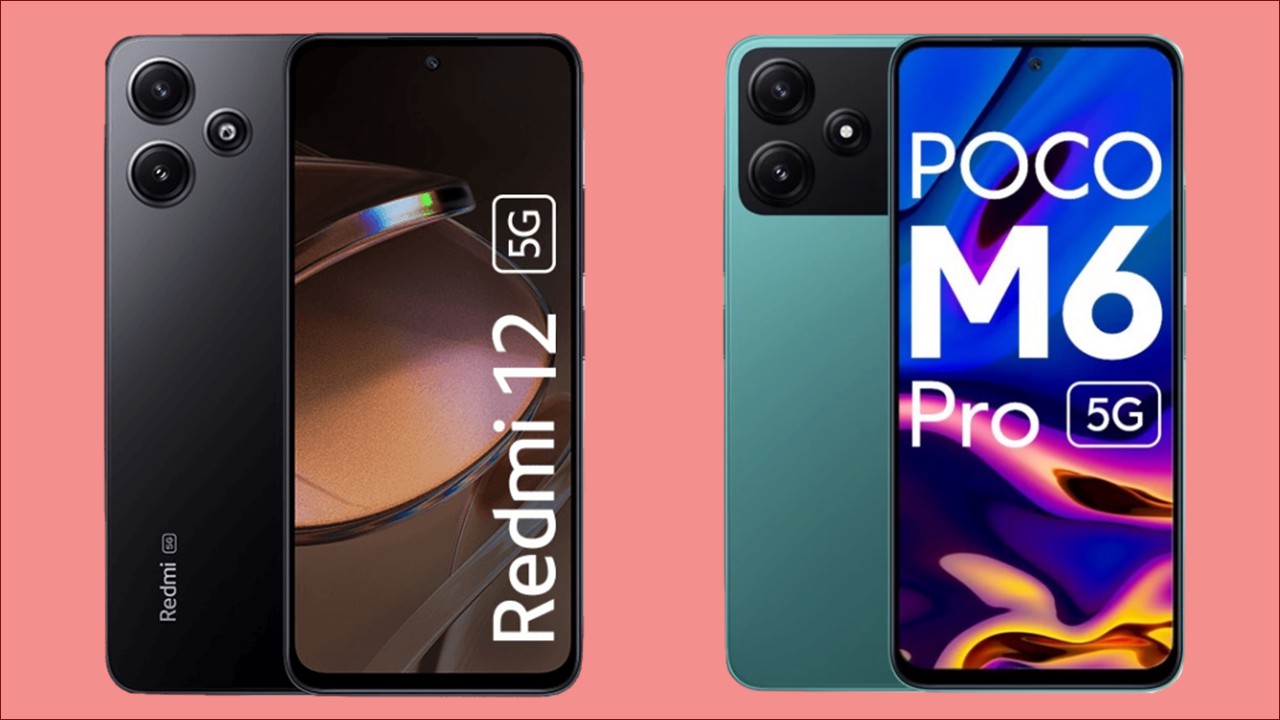

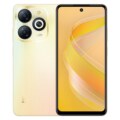
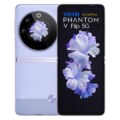
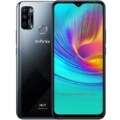
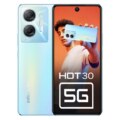
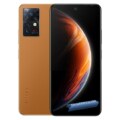
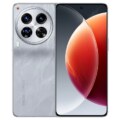

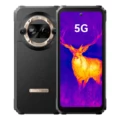
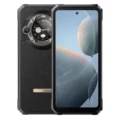
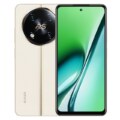

How much is the price of the phone in Nigeria?